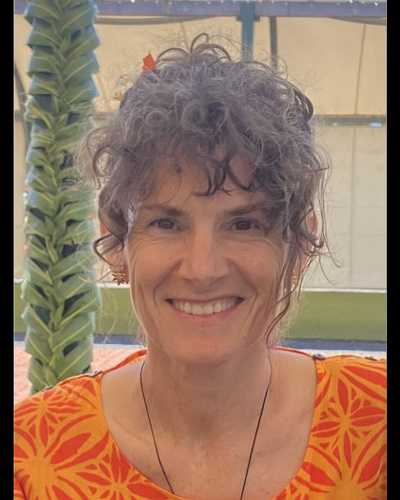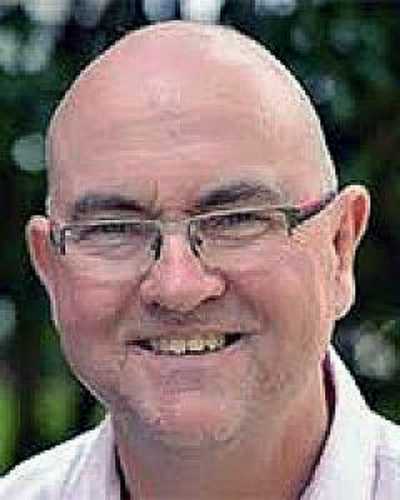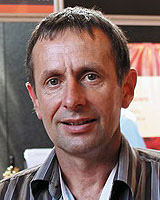Now published, see the full article 
Early Abstract:
Introduction: In 2008 the Medical Council of New Zealand recognised Rural Hospital Medicine as a vocational scope of practice. The aim was to provide training and professional development standards for medical practitioners working in New Zealand’s rural hospitals and to encourage quality systems to become established in rural hospitals. Hokianga Health in New Zealand’s far north is an established integrated health service which includes a rural hospital and serves a largely Māori community. The aim of this study was to explore how the new scope had affected health practitioners and the health service at Hokianga Health.
Methods: A case study design using qualitative methods. Documentary analysis was undertaken tracking change and development at Hokianga Health. Twenty-six documents (10 from within and 16 from outside Hokianga Health) were included in the analysis. Eleven face-to face semi-structured interviews were conducted with employees of Hokianga Health. The interviews explored participants’ views of the Rural Hospital Medicine scope. Interviews were recorded and transcribed. Thematic analysis of the interviews was undertaken using the Framework Method. The two data sources were analysed separately.
Results: Four themes capturing the main issues were identified: (1) “What I do”: articulating the scope of medical practice at Hokianga; (2) “What we do”: the role of the hospital at Hokianga; (3) “On the fringes”; and (4) Survival. With changing regulatory policy an established part of Hokianga Health practice, the hospital aspect, fell outside the scope of General Practice. This mismatch created a vulnerability for individual doctors and threatened the hospital service. The new scope filled the gap: Rural Hospital Medicine together with General Practice now covering the whole practice scope at Hokianga Health. With the introduction of the Rural Hospital Medicine scope and the accompanying national definition of a rural hospital came a sense of belonging and increased connectedness, Hokianga Health and its practitioners realigning with the new scope, its policies, processes and language. The new scope brought for the first time a specific focus on the in-patient and emergency care aspects of practice at Hokianga and with this validation of the hospital aspect of the medical practitioners work. The critical importance of a fit-for-purpose scope and rural-specific postgraduate training programmes in minimising inequity of care and opportunity for rural communities was emphasised. The importance of benchmarking with its associated costs was also highlighted. The main challenges identified related to the real (as well as potential) increased regulatory requirements of two separate scopes of practice for practitioners and a small rural health service working across primary and secondary care.
Conclusions: In better equipping medical practitioners for rural hospital work and strengthening hospital systems and standards, the Rural Hospital Medicine scope has met its intentions at Hokianga Health. The Rural Hospital Medicine pathway is a necessary partial solution to rural medical practitioners maintaining a broad skill set. Continued flexibility is required in training programmes in order to meet a range of different practitioner and rural health service needs.



